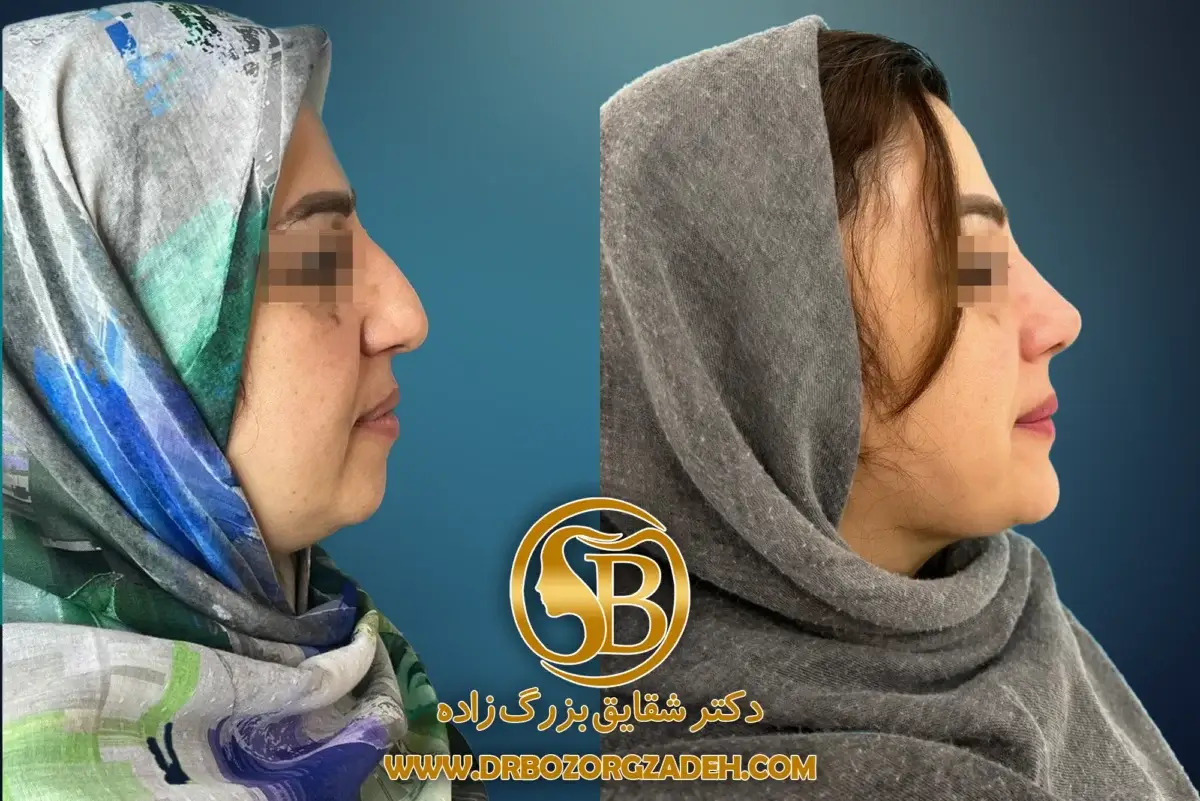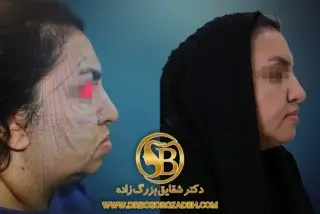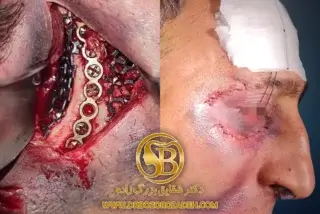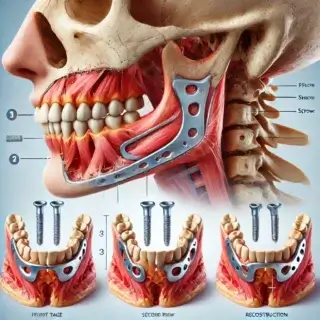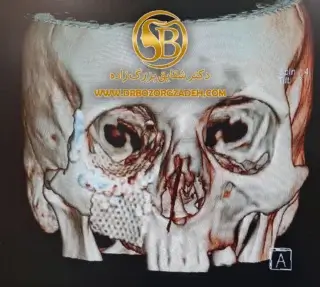Written by Dr. Shaghayegh Bozorgzadeh , a maxillofacial surgeon Canada
Maxillofacial surgery is one of the complex surgeries that are performed for therapeutic and cosmetic purposes. One of the common concerns of patients before performing this surgery is the amount of pain and discomfort after the operation. In this article, we will examine this issue and explain how to manage pain and complications after surgery.
Is jaw and face surgery painful?
Maxillofacial surgery is performed painlessly during the procedure due to the use of advanced methods and anesthetic drugs. After surgery, the patient may experience some discomfort or pain, but these can be controlled with prescribed medications.
Factors affecting postoperative pain
1. Type of surgery
The amount of pain after surgery depends on the type of operation. For example:
- Smaller surgeries, such as minor jaw surgeries, usually cause less pain.
- More complex surgeries, such as jaw reconstruction or correction, may be more painful.
2. Pharmaceutical management
Medicines prescribed by the doctor play an important role in reducing pain after surgery. These drugs include pain relievers, anti-inflammatories and antibiotics.
3. Post-surgery care
Strict adherence to post-surgery tips, such as using a cold compress and avoiding hard foods, can help reduce pain.
Read more about care after maxillofacial surgery
How is pain managed after surgery?
1. Painkillers
The doctor usually prescribes strong pain relievers for the first few days after the surgery.
2. Using a cold compress
A cold compress can help reduce swelling and pain in the first days after surgery.
3. Adhere to a proper diet
Consuming soft foods and liquids helps reduce pressure on the jaw and reduce pain.
4. See a doctor if needed
In case of unusual pain or other problems, it is necessary to see a doctor.
Benefits of maxillofacial surgery
Despite concerns about pain, the benefits of maxillofacial surgery often outweigh these concerns. These benefits include:
- Improve jaw and face function.
- Increasing the beauty and symmetry of the face.
- Fix breathing or speech problems.
What is more information about maxillofacial surgery?

The combination of maxilla advancement surgery, mandible setback and genioplasty to create symmetry and improve jaw and face function. 
Successful mandibular retraction surgery to correct jaw abnormalities in Canada .
Internal links
- What is maxillofacial surgery?
- Jaw and face surgery procedures in Canada
- Book an appointment or call us
External links
- Learn more about maxillofacial surgery at the American Association of Maxillofacial Surgeons
- Advanced Maxillofacial Surgery Techniques in International Society of Maxillofacial Surgery
conclusion
Maxillofacial surgery, despite its complications, using modern techniques and appropriate drugs, usually does not cause much pain to the patient. Adherence to post-surgery care and the use of prescribed medications play an important role in pain control and quick recovery. For more information and advice, contact Dr. Shaghayegh Bozorgzadeh .

